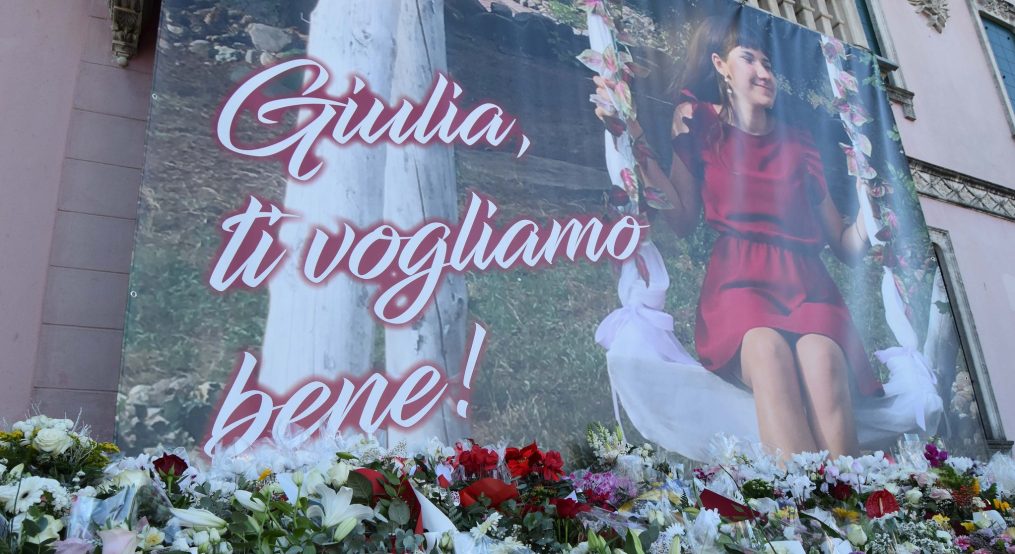Testo, foto e traduzione in inglese di Luca Bartolommei
Gli Stati Uniti sono il secondo Paese che, ci informano le statistiche wordpress, contatta quotidianamente il blog Donne della realtà di cui sono la responsabile e coordinatrice. Seguono il Canada, il Regno Unito, l’Irlanda, tutti i Paesi europei e l’America Latina, perché come sapete il blog ha un’intera sezione dedicata ai contenuti in lingua spagnola. Ho chiesto a Luca Bartolommei , che ringrazio, di tradurre in inglese i nostri migliori contributi su Milano, la sua storia e le sue canzoni che abbiamo realizzato insieme in questi anni. Noi vogliamo, lo desideriamo, mantenere vivo il nostro legame con il mondo: il web (il “vasto mondo”) è appunto questo. E, liberata da parole negative e fuorvianti, la Rete è la grande risorsa a nostra disposizione per evitare l’isolamento e il pregiudizi, specie di in queste settimane di allarme Corona Virus. Non potevano che iniziare con l’articolo scritto da Luca sulla sua esperienza di busker sotto le guglie del Duomo. (Paola Ciccioli)

I shot this picture with my phone last september 1st. In a while, light had changed and Duomo looked no longer golden. I’ve caught the moment. I have chosen this photo as cover of my Facebook page “Palcoscenico Milano” where I post pics, videos and other stuff about my going-around-busking-by-myself tour in Milano (https://www.facebook.com/Luca-Bartolommei-Palcoscenico-Milano-440509793146462)
From time to time I pick up my travel guitar and my small mobile PA and go busking in the streets of Milano. I mostly play and sing milanese traditional songs of the 40’s and 50’s, my wife Paola named this project Milano on Stage. Then, Milano itself becomes a huge scene where I can tell to passers-by tales about characters, situations, stories, locations, vices and virtues of the town. Busking, by the way, is something unique in terms of my personal experience, and is really rewarding, it’s something new, and it’s not granted, even after a lifetime spent with and in music.
Milano as well shows off a new and different face, when observed from the sidewalk. You get a new and different sight.
Many and many times we listened to this song, more and more times we played and sung it, a song whose greatness I re-discovered performing in the street. The song is O mia bèla Madonina, written by Giovanni D’Anzi, the real anthem of Milano.
Actually, I didn’t imagine that the song could inspire me so many thoughts and emotions simply for the fact that I was playing in a new scenario, in a different setting than before. Amazing!
The first emotional storm happened in Piazzetta Reale, just at the foot of the Duomo, on a winter morning. Unusual deep blue sunny skies and typical milanese freeze… After a few songs, I turned my eyes up to the top of the cathedral and spotted the glare on the gold leaf covering the statue of Virgin Mary, and that little light explosion told me that it was time for me to sing the song. I just wondered “how” to do it…
Well, you are standing a hundred meters lower, but she’s up there, Madonina is up there and she’s looking down on you. Want to sing as if you were in a pub, with that typical “couple-of-pints” barking-like voice? Want to sing it “Opera style” with that tenor-ish vibrato which sounds soooo Italian? Or play the real-milanese-but-also-napolitano-always-smiling-singer which only wants the tourist to leave that damn 5€ note into the hat? I have no hat, just my guitar bag…
I can’t remember which were my thoughts at the moment, if I had any, I simply looked up and let music and words flow free (rather unusual to me), enjoying that marvellous sight made of blue, gold and that undefined shade of Duomo’s marble. Medium volume, mild low voice, respect! Chills. People were looking at me as if I was a little bit strange, but that’s what it is…
On Corso Vittorio Emanuele after sunset, Christmas street market, screaming-hurrying-distracted crowd. I must sing with full voice (my PA is low-power) and I hate that, D’Anzi songs must be sung in a different way, but that’s my fault, wrong place, gear and hour.
I keep on singing and thinking, kids are attracted by my guitar and stop by and listen together with their parents, I sing and think, then keep my eyes on the sheep moving towards the Duomo and, again, up there, is gold.
On a dark background (but you can spot a few stars), lit by streetlights and spotlights the golden statue is there, on the dark Milanese sky, more than hundred meters away from me, but I feel so close.
I begin to sing and cut myself off of the noisy street, notes are moving in a circle and words too, Milano is a great Milano… songs ends up and I wonder whether I played or not. I was looking up, y’know…
In my opinion, this song has been mistreated, hastily criticized, derided and underrated. Most of the times, performed without due respect and consideration. This is not a localist silly song, it’s a homage to the town and to one of its most beloved, by milanese citizens, symbols. Believers and non-believers.
The author describes Madonina with a simple but very strong adjective: beautiful, bella. He could have used any kind of superlative, any rhetorical speech, but he didn’t. Bella. As beautiful as the town that you love, as the woman you love, as… I don’t know what or whom but, simply, bella.
Sometimes, I can’t tell anything more, anything else, to my wife Paola, but that seems to be enough!
© RIPRODUZIONE RISERVATA
